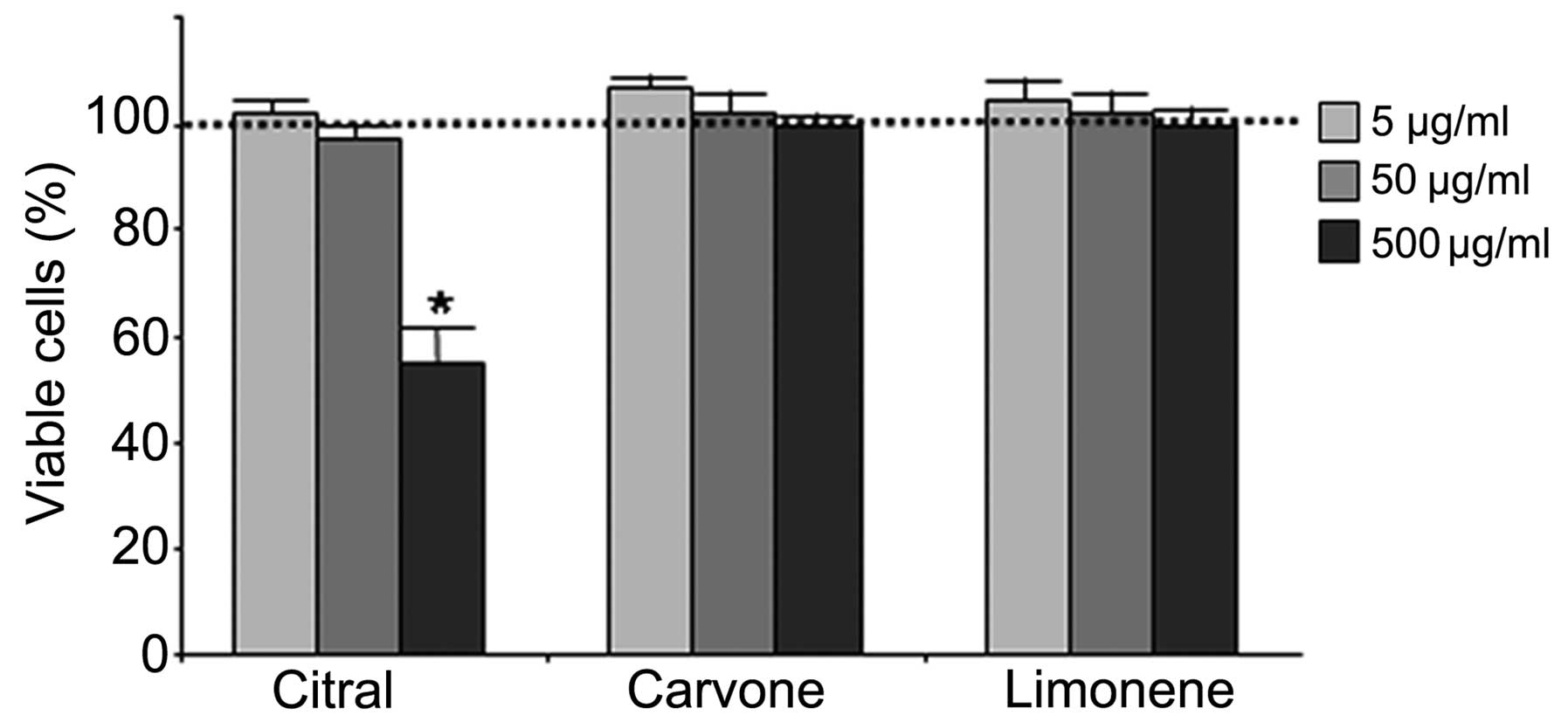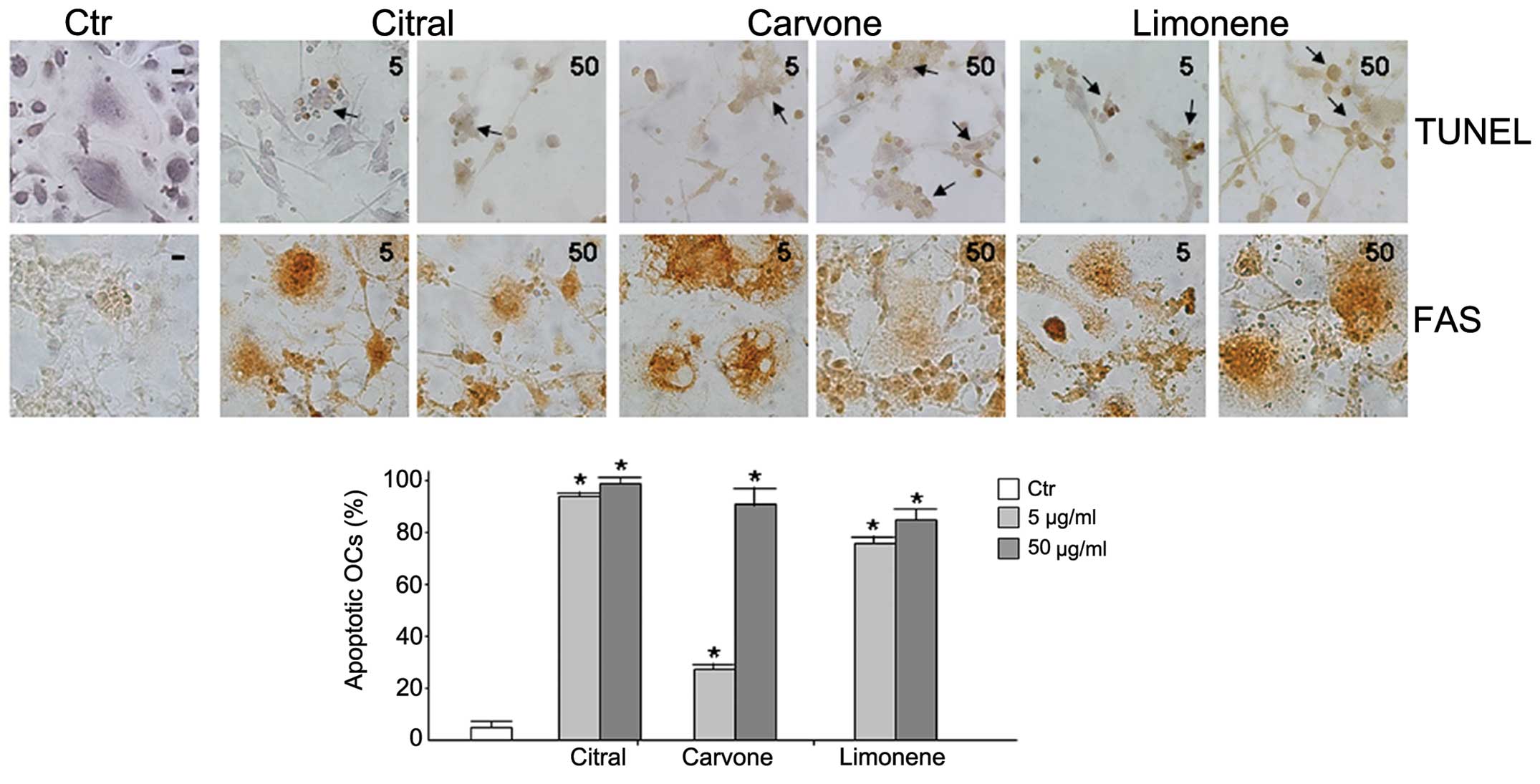|
1
|
Shoji M, Sato K, Yukitake H, Kondo Y, et
al: Por secretion system-dependent secretion and glycosylation of
Porphyromonas gingivalis hemin-binding protein 35. PLoS One.
6:e213722011. View Article : Google Scholar : PubMed/NCBI
|
|
2
|
Wu T, Trevisan M, Genco RJ, Dorn JP,
Faikner KL and Sempos CT: Periodontal disease and risk of
cerebrovascular disease: the first national health and nutrition
examination survey and its follow-up study. Arch Intern Med.
160:2749–2755. 2000. View Article : Google Scholar : PubMed/NCBI
|
|
3
|
Bansal M, Khatri M and Taneja V: Potential
role of periodontal infection in respiratory diseases - a review. J
Med Life. 6:244–248. 2013.PubMed/NCBI
|
|
4
|
Jacob PS and Nath S: Periodontitis among
poor rural Indian mothers increases the risk of low birth weight
babies: a hospital-based case control study. J Periodontal Implant
Sci. 44:85–93. 2014. View Article : Google Scholar : PubMed/NCBI
|
|
5
|
Darveau RP, Tanner A and Page RC: The
microbial challenge in periodontitis. Periodontol 2000. 14:12–32.
1997. View Article : Google Scholar : PubMed/NCBI
|
|
6
|
Ishikawa I: Host responses in periodontal
diseases: a preview. Periodontol 2000. 43:9–13. 2007. View Article : Google Scholar : PubMed/NCBI
|
|
7
|
Hasegawa S, Yonezawa T, Ahn JY, et al:
Honokiol inhibits osteoclast differentiation and function in vitro.
Biol Pharm Bull. 33:487–492. 2010. View Article : Google Scholar : PubMed/NCBI
|
|
8
|
Di Benedetto A, Gigante DI, Colucci S and
Grano M: Periodontal disease: linking the primary inflammation to
bone loss. Clin Dev Immunol. 2013:1–7. 2013. View Article : Google Scholar
|
|
9
|
Roberts MC: Antibiotic toxicity,
interactions and resistence development. Periodontol 2000.
28:280–297. 2002. View Article : Google Scholar
|
|
10
|
Ardila CM, Lòpez M and Guzmán IC: High
resistance against clindamycin, metronidazole and amoxicillin in
Porphyromonas gingivalis and Aggregatibacter actinomycetemcomitans
isolates of periodontal disease. Med Oral Patol Oral Cir Bucal.
15:e947–e951. 2010. View Article : Google Scholar : PubMed/NCBI
|
|
11
|
Japoni A, Vasin A, Noushadi S, Kiany F,
Japoni S and Alborzi A: Antibacterial susceptibility patterns of
Porphyromonas gingivalis isolated from chronic periodontitis
patients. Med Oral Patol Cir Bucal. 16:e1031–e1035. 2011.
View Article : Google Scholar
|
|
12
|
Iauk L, Lo Bue AM, Milazzo I, Rapisarda A
and Blandino G: Antibacterial activity of medicinal plant extracts
against periodontopathic bacteria. Phytother Res. 17:599–604. 2003.
View Article : Google Scholar : PubMed/NCBI
|
|
13
|
Lee JH, Lee JS, Chung MS and Kim KH: In
vitro anti-adhesive activity of an acidic polysaccharide from Panax
ginseng on Porphyromonas gingivalis binding to erythrocytes. Planta
Med. 70:566–568. 2004. View Article : Google Scholar : PubMed/NCBI
|
|
14
|
Lorenzi H and Matos FJA: Plantas
Medicinais no Brasil: Nativas e Exóticas. 2nd edition. Instituto
Plantarum; Nova Odessa, São Paulo: 2008
|
|
15
|
Rodrigues ACC and Guedes MLS: Utilização
de plantas medicinais no Povoado Sapucaia, Cruz das Almas-Bahia.
Rev Bras Pl Med. 8:1–7. 2006.(In Portuguese).
|
|
16
|
Pinto EPP, Amorozo MCM and Furlan A:
Conhecimento popular sobre plantas medicinais em comunidades rurais
de mata atlantica - Itacaré, BA, Brasil. Acta Bot Bras. 20:751–762.
2006.(In Portuguese). View Article : Google Scholar
|
|
17
|
Singh G, Rao GP, Kapoor PS and Singh OP:
Chemical constituents and antifungal activity of Lippia alba Mill.
leaf essential oil. JMAPS. 22:701–703. 2000.
|
|
18
|
Day MD and McAndrew TD: The biology and
host range of Falconia intermedia (Hemiptera: Miridae), a potential
biological control agent for Lantana camara (Verbenaceae) in
Australia. Biocontrol Sci Techn. 13:13–22. 2003. View Article : Google Scholar
|
|
19
|
Blanco MA, Colareda GA, van Baren C,
Bandoni AL, Ringuelet J and Consolini AE: Antispasmodic effects and
composition of the essential oils from two South American
chemotypes of Lippia alba. J Ethnopharmacol. 149:803–809. 2013.
View Article : Google Scholar : PubMed/NCBI
|
|
20
|
Novack DV: Role of NF-κB in the skeleton.
Cell Res. 21:169–182. 2011. View Article : Google Scholar
|
|
21
|
Wittrant Y, Theoleyre S, Couillaud S,
Dunstan C, Heymann D and Rédini F: Relevance of an in vitro
osteoclastogenesis system to study receptor activator of NF-κB
ligand and osteoprotegerin biological activities. Exp Cell Res.
293:292–301. 2004. View Article : Google Scholar : PubMed/NCBI
|
|
22
|
Mori SA, Mattos Silva LA, Lisboa G and
Coradin L: Manual de Manejo do Herbário Fanerogâmico. 2nd edition.
Centro de Pesquisas do Cacau; Ilhéus, Bahia, Brazil: 1989
|
|
23
|
Cronquist A: An integrated system of
classification of flowering plasts. The Evolution and
Classification of Flowering Plants. Columbia University Press; New
York: 1981
|
|
24
|
Adams RP: Identification of Essential Oil
Components by Gas Chromatography/Mass Spectroscopy. 4th edition.
Allured Pub Corp; Carol Stream, IL: 2007
|
|
25
|
CLSI - Clinical and Laboratory Standards
Institute. Methods for antimicrobial susceptibility testing of
anaerobic bacteria. Approved standard. 7th edition. M11-A5. CLSI -
Clinical and Laboratory Standards Institute; Wayne, PA, USA:
2007
|
|
26
|
Matsuzaki K, Katayama K, Takahashi Y, et
al: Human osteoclast-like cells are formed from peripheral blood
mononuclear cells in a coculture with SaOS-2 cells transfected with
the parathyroid hormone (PTH)/PTH-related protein receptor gene.
Endocrinology. 140:925–932. 1999. View Article : Google Scholar : PubMed/NCBI
|
|
27
|
Hennebelle T, Sahpaz S, Joseph H and
Bailleul F: Ethnopharmacology of Lippia alba. J Ethnopharmacol.
116:211–222. 2008. View Article : Google Scholar : PubMed/NCBI
|
|
28
|
Kovacic N, Grcevic D, Katavic V, Lukic IK
and Marusic A: Targeting Fas in osteoresorptive disorders. Expert
Opin Ther Targets. 14:1121–1134. 2010. View Article : Google Scholar : PubMed/NCBI
|
|
29
|
Fibach E, Prus E, Bianchi N, Zuccato C, et
al: Resveratrol: Antioxidant activity and induction of fetal
hemoglobin in erythroid cells from normal donors and β-thalassemia
patients. Int J Mol Med. 29:974–982. 2012.PubMed/NCBI
|
|
30
|
Ruimi N, Rwashdeh H, Wasser S, et al:
Daedalea gibbosa substances inhibit LPS-induced expression of iNOS
by suppression of NF-κB and MAPK activities in RAW 264.7 macrophage
cells. Int J Mol Med. 25:421–432. 2010.PubMed/NCBI
|
|
31
|
Lau FY, Chui CH, Gambari R, et al:
Antiproliferative and apoptosis-inducing activity of Brucea
javanica extract on human carcinoma cells. Int J Mol Med.
16:1157–1162. 2005.PubMed/NCBI
|
|
32
|
He JY, Qi GG, Huang WJ, et al: Short-term
microbiological effects of scaling and root planing and
essential-oils mouthwash in Chinese adults. J Zhejiang Univ Sci B.
14:416–425. 2013. View Article : Google Scholar : PubMed/NCBI
|
|
33
|
Mizrahi B, Shapira L, Domb AJ and
Houri-Haddad Y: Citrus oil and MgCl2 as antibacterial
and anti-inflammatory agents. J Periodontol. 77:963–968. 2006.
View Article : Google Scholar : PubMed/NCBI
|
|
34
|
Behan JM, Bradshaw DJ, Richards J and
Munroe MJ: Flavour compositions Process PI US patent 20060153959A1.
Filed July 13, 2006.
|
|
35
|
Belibasakis GN and Bostanci N: The
RANKL-OPG system in clinical periodontology. J Clin Periodontol.
39:239–248. 2012. View Article : Google Scholar
|
|
36
|
Broderick K, Greenberg M, Maxwell J and
Stawski B: Breath freshening and oral cleansing product using
citral US Patent 20040253190 A1. Filed August 26, 2003; issued
March 11, 2004.
|
|
37
|
Manafi A, Hashemlou A, Momeni P and
Moghimi HR: Enhancing drugs absorption through third-degree burn
wound eschar. Burns. 34:698–702. 2008. View Article : Google Scholar : PubMed/NCBI
|
|
38
|
Goyal R and Ananad MK: Antibacterial
effect of lemongrass oil on oral microoganisms: an in vitro study.
JPSI. 2:41–43. 2013.
|
|
39
|
Chaouki W, Leger DY, Liagre B, Beneytout
JL and Hmamouchi M: Citral inhibits cell proliferation and induces
apoptosis and cell cycle arrest in MCF-7 cells. Fundam Clin
Pharmacol. 23:549–556. 2009. View Article : Google Scholar : PubMed/NCBI
|
|
40
|
Ress NB, Hailey JR, Maronpot RR, et al:
Toxicology and carcinogenesis studies of microencapsulated citral
in rats and mice. Toxicol Sci. 71:198–206. 2003. View Article : Google Scholar : PubMed/NCBI
|
|
41
|
Sun J: D-Limonene: safety and clinical
applications. Altern Med Rev. 12:259–264. 2007.PubMed/NCBI
|
|
42
|
Zheng GQ, Kenney PM and Lam LK:
Anethofuran, carvone, and limonene: potential cancer
chemopreventive agents from dill weed oil and caraway oil. Planta
Med. 58:338–341. 1992. View Article : Google Scholar : PubMed/NCBI
|
|
43
|
Morris AJ, Steele J and White DA: The oral
cleanliness and periodontal health of UK adults in 1998. Br Dent J.
191:186–192. 2001.PubMed/NCBI
|
|
44
|
Borrell LN, Burt BA, Gillespie BW, Lynch J
and Neighbors H: Periodontitis in the United States: beyond black
and white. J Public Health Dent. 62:92–101. 2002. View Article : Google Scholar : PubMed/NCBI
|

















